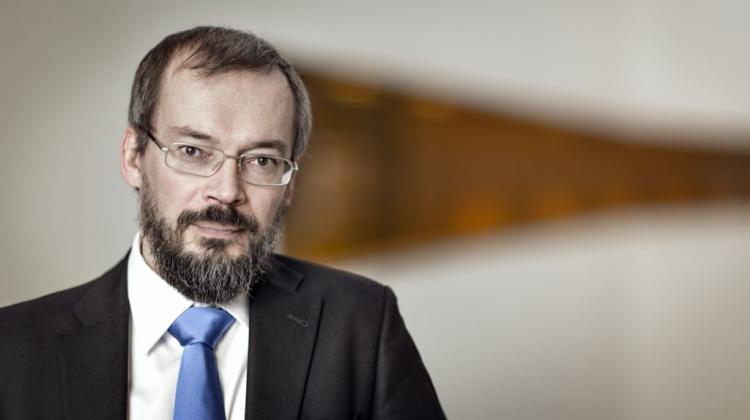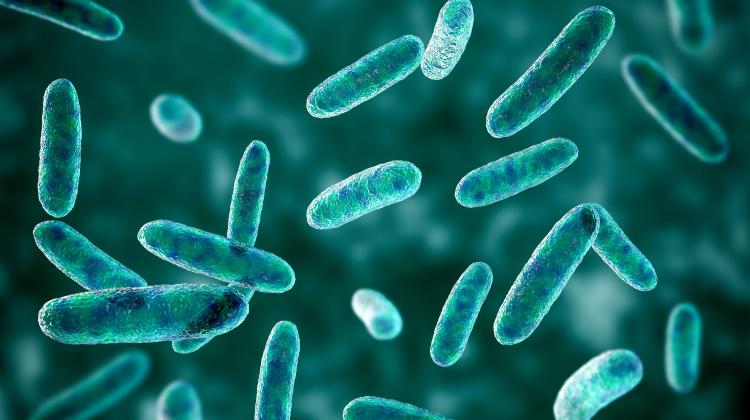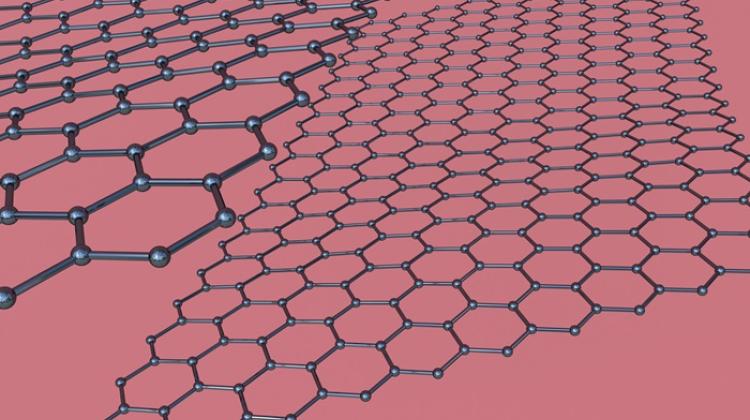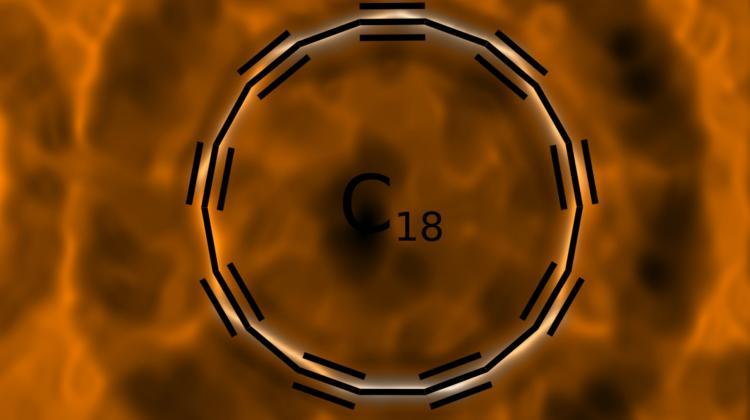Prof. Kinaret: I hope that in the future graphene will be commonplace

10-15 years ago, carbon fiber was an exotic and expensive material. Today it is commonplace. I hope that in several years the same thing will happen to graphene, said in an interview with PAP Finn Prof. Jari Kinaret, head of the large European Graphene Flagship project.
PAP: You\'re the head of the huge European Graphene Flagship program, with a budget of to € 1 billion for the years 2013-2022. The project involves teams from 23 European countries - including Poland. The projects objectives include development of commercial products using graphene. How will the world change after the completion of the project?
Prof. Jari Kinaret of the Chalmers University of Technology in Sweden: I think that one of the success criteria is that if in 10 years someone tells you: "this car contains graphene composites", your response will be: "so what", because it won’t be something that prompts a reaction. Like carbon fiber: 10-15 years it was an exotic and expensive material. Today, carbon fiber is commonplace and don\'t attract attention. If we manage to make a graphene common in some applications, we will have succeeded.
PAP: Is there a real chance of marketing graphene?
J. K.: We are in the center of Warsaw. I do not know the city well, but my guess is that within 15 minutes walk from here I could buy a product containing graphene. The first commercial product with graphene that I know was a tennis racket. What is the actual difference between the quality of this racket and a non-graphene racket - I don\'t know. I do know that it was at least good enough to win Australian Open with it right after it was released. You can buy alpine skies, bicycle products, helmets. In that kind of composite materials graphene already makes its way to market.
PAP: Don’t you think that adding graphene to a product is a marketing trick just to sell more?
J.K.: It\'s possible. But when it comes to tennis racket, what you can do is increase stiffness without increasing weight. This changes weight distribution. How much does it affect the actual game? In my case not at all, I’m not that good at tennis. But if you are a top player, a little improvement can turn the tide.
PAP: Have any products created in Graphene Flagship been already released?
J.K.: Graphene Flagship is not limited to the search for applications. We deal with many aspects of the use of graphene. This includes fundamental research, standardization, health and environmental effects of graphene. When it comes to application research, we already have few products, but those products are very simple. There are, for example, graphene inks that can be used in electronics. If you go to the library, books have RFID tags. It is an example of printed electronics. Graphene allows to do more complicated things, and the quality of graphene inks is better than quality of some of the competitors.
PAP: What are your greatest expectations concerning graphene? What will contain graphene in the future?
J.K.: In the long run, the most interesting applications are those that are only possible with graphene. Many possible applications use the fact that while graphene is single atomic layer thick, it is impermeable - nothing passes through it. It can be a very thin membrane that conducts electricity and heat. Possible technological applications are endless. An example could be heat exchangers that you can use to transfer heat from one substance to another without mixing the substances. Or you could make holes in this membrane. By choosing the hole size, you chose what goes through. Desalination is an example of possible application. There are also potential biological applications, such as those associated with kidney function.
PAP: Are there any other possibilities for application of graphene?
J.K.: Another area of application is optoeletronics. This is because it is very difficult to find a material like graphene, that on the one hand conducts electricity, on the other hand is transparent like window glass. If you find such a material, applications will follow. Such applications are much more interesting than using graphene in product that exist today, by simply replacing different materials with graphene.
PAP: When it comes to graphene research, how is Poland doing compared to the rest of Europe?
J.K.: Poland is doing well. There are many strong Polish groups researching graphene. I think the strongest one is at ITME in Warsaw. It is difficult to compare Poland with Germany, the UK or Sweden. But among the so called "new member states" in the EU, Poland is certainly the leading country when it comes to graphene research.
Interviewed by Ludwika Tomala
PAP - Science and Scholarship in Poland
lt/ mrt/
tr. RL
Przed dodaniem komentarza prosimy o zapoznanie z Regulaminem forum serwisu Nauka w Polsce.


















